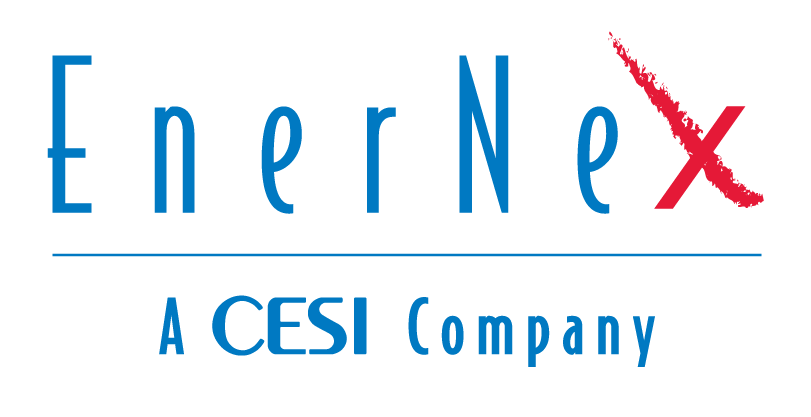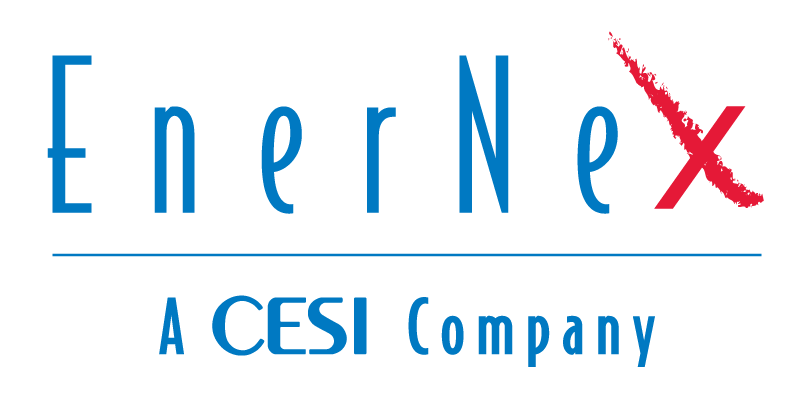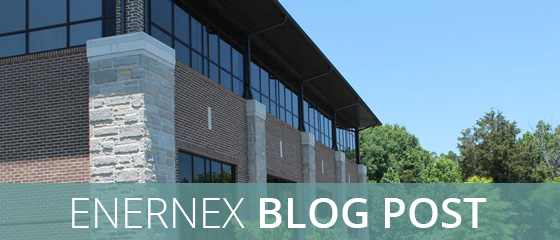By Kay Stefferud, Director of Implementation Services, EnerNex
How hot is the data center market?
In Q2 alone, businesses spent over $30 billion dollars building and expanding their data centers, according to Synergy Research Group.
Resilience is a major reason why they’re spending so much. The cloud lets businesses spread their applications and storage around multiple, geographically dispersed data centers, so their operations continue if a hurricane, fire or other disaster takes out one facility.
The electrical grid’s resiliency plays a decisive role in where businesses build data centers. So when states and municipalities vie for data center projects, their local electric utility becomes a key partner in the community’s economic development strategy.
Some commercial real estate firms that serve the data center market say that microgrids are catching on as a way to ensure reliable, high-quality power when the grid is overloaded or has an outage. A microgrid typically consists of multiple, distributed generation sources that are seamlessly connected to the main grid when there’s an outage and then disconnected following restoration. Microgrids are becoming more widely deployed, but can still face issues partly because of regulatory hurdles. However, there have been enough studies by California, Connecticut, New York and the U.S. Department of Energy to prove their viability for grid hardening.
Microgrids have a variety of generation sources and storage options, including gas, batteries, wind and solar. The latter two are particularly important for attracting data center operators. For example, Apple and Google are among a growing number of businesses that have committed to powering their data centers entirely with renewable energy.
Resiliency Assessments are Key
Regardless of whether a microgrid is used, a resiliency assessment is a smart way to ensure that a data center will have reliable power. These assessments focus on three aspects that the Electric Power Research Institute (EPRI) says determines a distribution system’s resilience:
- Prevention. The application of engineering designs and advanced technologies to “harden” the distribution system and thus limit damage.
- Recovery. The use of tools and techniques to quickly restore service to as many affected customers as possible.
- Survivability. The use of innovative technologies to help customers maintain some level of normal function without complete access to the grid.
For example, a resiliency assessment typically includes an analysis of the distribution feeder and on-site generation adequacy which, for a data center, might look at feeder reinforcement of critical structures, onsite renewable/backup generation’s ability to supply server loads, and power quality during microgrid transition.
Some resiliency assessments focus on specific customer facilities. For example, after the 2013 New Orleans Super Bowl was interrupted for 34 minutes due to a power failure to half of the stadium, the New York/New Jersey Super Bowl Host Committee hired EnerNex to do an independent assessment of the efforts by PSE&G and the Met Life Stadium to prepare for Super Bowl XLVIII in 2014.
EnerNex evaluated the utility supply network, the local distribution system, the stadium complex and various power system upgrades and contingency plans. It also reviewed the complex’s protective relaying for possible deficiencies or improvements to the power coordination. The assessment included evaluating the “area of vulnerability” where increased patrols were done to minimize the possibility of a local fault causing a disruption.
Most of those criteria apply equally to data centers, which often use just as much power as a marquee event such as a Super Bowl.
“Data centers need six-nines reliability, and achieving that requires redundancy, generators, UPS systems, and auto-transfer switches,” says Dave Mueller, EnerNex director of energy system studies. “The cooling loads are also tremendous, and with chillers and recirculation water pumps and air handlers come concerns of harmonics. Transient studies look at switching of the power system components. These are all in addition to the normal concerns you have at any large commercial building, such as load studies, short circuit analysis, and arc flash.”
To learn more about resiliency assessments: http://www.tdworld.com/ieee-pes/enernex-major-contributor-nist-community-resilience-guide.


